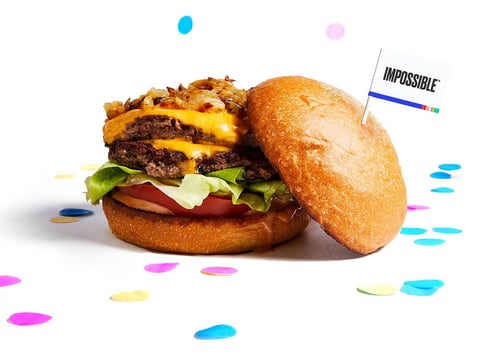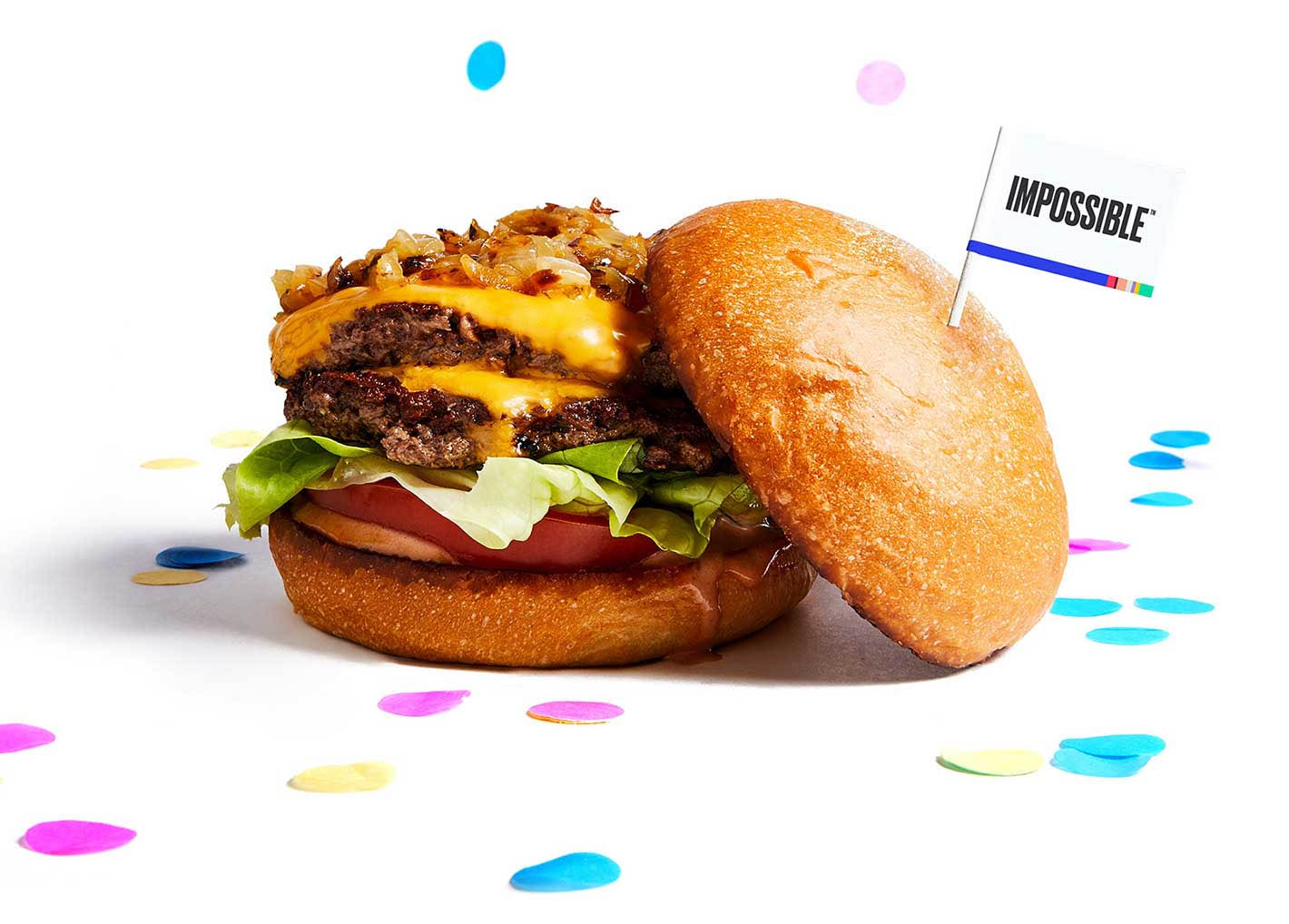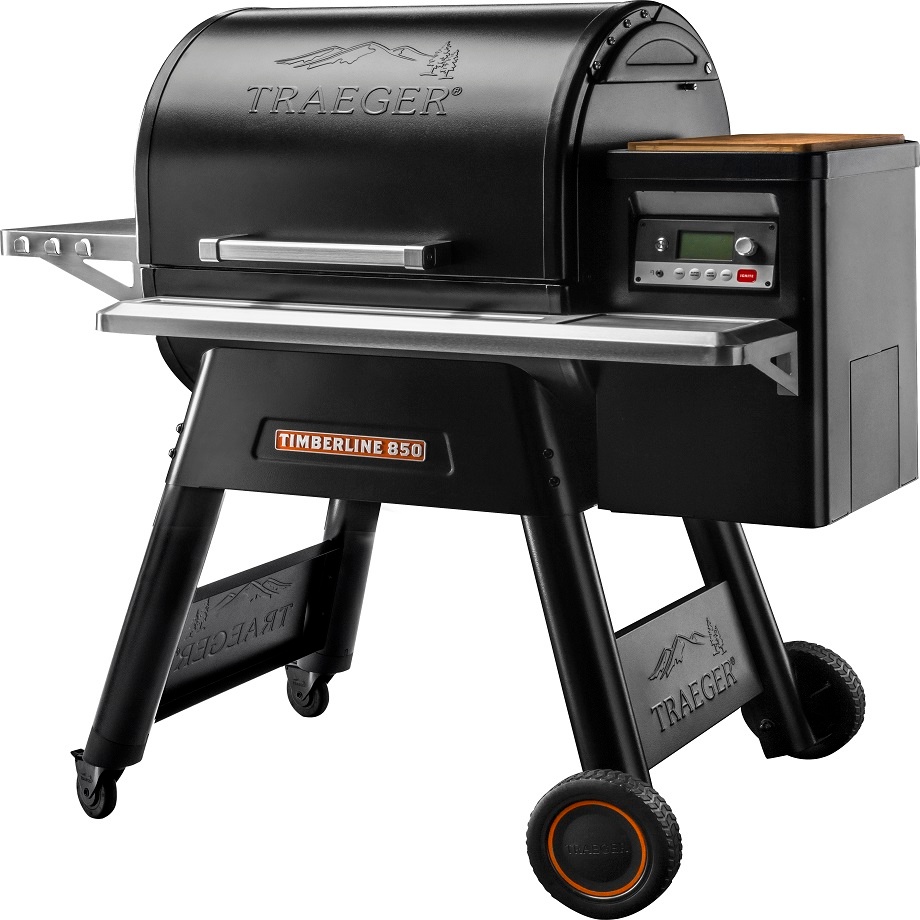Foresights and ideas that expand minds and inspire a change of heart.


Many of us probably overindulged a little over the silly season. I know I did. Or at least my fiance tells me so. And whether it’s sitting down by a cosy fire to a full roast dinner, or cooking on the barbeque in the sunny outdoors during the Australian summer for Australia Day, most
In 2018, nearly 4 billion people worldwide are now connected to the internet. As more and more people are globally and digitally connected to each other, so too are their ‘things’ being connected – to the internet and to each other. The Internet of Things, and its effect on consumer
And I’m not just talking here about your fridge being able to go online to order your milk for you when it senses it’s running low or your washing machine being able to recommend the best wash cycle for your clothes (although these are already available or just around the corner).
As the southern climes drift through summer (and with Australia having just celebrated Australia Day), the smell of barbequing meat is in the air. (If it’s still slightly chilly where you’re reading this, your turn will come soon.) So let’s look at how a barbeque can improve your social experience through being connected to the internet.
Using wi-fi and a downloadable app, the Timberline 850 by Traeger allows you to adjust your barbeque from the couch or from your office across town, adjusting the smoke, setting timers and changing or setting temperatures via the app. Not only that, but you can also download recipes to the app and allow the barbeque to set temperatures and cook times based on the recipe. (Sorry, you still have to prepare the food for cooking – but watch this space.)

No more sacrificial lamb chops on the barbeque, no more being stuck in a smoky corner prodding meat, no more groups of blokes standing around your barbeque offering advice (sorry fellas) – just improved food tech providing more time for socialising away from the barbeque.
At the same time: as we move into 2018 and beyond, you may not even be cooking meat on your barbeque – instead, you may be cooking something that looks and tastes very much like
A lot of companies are already very focused on being as transparent as possible about the provenance of the meat used in their products and the ethical treatment of the animals throughout the production process (and I work with some amazing, animal husbandry-focussed, brands in this area like Certified Angus Beef). These products still come from animals and will continue to command a premium. In 2018, we’ll see more and more products come into our restaurants and supermarkets that have removed animals from the process completely.
You may already have seen (or tasted) Quorn – a fungus-derived and fermented meat-free product that comes from the UK and is now available in 19 countries. Quorn tastes a little like meat, and can be used like mince or adjusted in texture and pressed into various forms – to provide a vegetarian chicken schnitzel, for example. The people behind products like the Impossible Burger and Beyond Burger in the
These meat alternatives aren’t made by chefs but by scientists. For example, flavour scientists at Impossible Foods, the company behind the Impossible Burger, have broken down the trillions of molecules in a beef patty to isolate every single aroma. Through years of research, they then replicated these smells and flavours using soy, heme, wheat and potato products – even adding solid coconut oil to the mix, which melts when heated and then sizzles like beef fat. I tried the Impossible Burger last time I was in LA at Counter – cooked medium-rare, just as I like my burgers – and can confirm the meaty taste.
So, from providing more environmentally friendly alternatives to meat to finding better, more social, ways to cook it, 2018 might just have all the answers. To hear some more of my technology trends and predictions for 2018, click the futurist podcast interview on Talking Lifestyle with futurist Anders Sorman-Nilsson below.
If you’re interested in finding out about more of my insights, and how they might apply to your industry or company, click below to check my availability for speaking at your next conference or in-house event.
If you are interested in the Future of Food or Future of Agriculture, you may like this to cast your mind back to this Future of Agriculture keynote I did in Illinois for an Ag Co-Op.
For more trends and insights into Anders Sörman-Nilsson global travels, make sure you follow him on Instagram.

Header Text
Lorem ipsum dolor sit amet, consectetur adipiscing elit, sed do eiusmod tempor incididunt ut labore et dolore magna aliqua. Ut enim ad minim veniam, quis nostrud exercitation ullamco laboris nisi ut aliquip ex ea commodo consequat. Duis aute irure dolor in reprehenderit in voluptate velit esse cillum dolore eu fugiat nulla pariatur.
Lorem ipsum dolor sit amet, consectetur adipiscing elit, sed do eiusmod tempor incididunt ut labore et dolore magna aliqua. Ut enim ad minim veniam, quis nostrud exercitation ullamco laboris nisi ut aliquip ex ea commodo consequat. Duis aute irure dolor in reprehenderit in voluptate velit esse cillum dolore eu fugiat nulla pariatur.
Lorem ipsum dolor sit amet, consectetur adipiscing elit, sed do eiusmod tempor incididunt ut labore et dolore magna aliqua. Ut enim ad minim veniam, quis nostrud exercitation ullamco laboris nisi ut aliquip ex ea commodo consequat. Duis aute irure dolor in reprehenderit in voluptate velit esse cillum dolore eu fugiat nulla pariatur.

Header Text
Lorem ipsum dolor sit amet, consectetur adipiscing elit, sed do eiusmod tempor incididunt ut labore et dolore magna aliqua. Ut enim ad minim veniam, quis nostrud exercitation ullamco laboris nisi ut aliquip ex ea commodo consequat. Duis aute irure dolor in reprehenderit in voluptate velit esse cillum dolore eu fugiat nulla pariatur.
Lorem ipsum dolor sit amet, consectetur adipiscing elit, sed do eiusmod tempor incididunt ut labore et dolore magna aliqua. Ut enim ad minim veniam, quis nostrud exercitation ullamco laboris nisi ut aliquip ex ea commodo consequat. Duis aute irure dolor in reprehenderit in voluptate velit esse cillum dolore eu fugiat nulla pariatur.
Lorem ipsum dolor sit amet, consectetur adipiscing elit, sed do eiusmod tempor incididunt ut labore et dolore magna aliqua. Ut enim ad minim veniam, quis nostrud exercitation ullamco laboris nisi ut aliquip ex ea commodo consequat. Duis aute irure dolor in reprehenderit in voluptate velit esse cillum dolore eu fugiat nulla pariatur.

Header Text
Lorem ipsum dolor sit amet, consectetur adipiscing elit, sed do eiusmod tempor incididunt ut labore et dolore magna aliqua. Ut enim ad minim veniam, quis nostrud exercitation ullamco laboris nisi ut aliquip ex ea commodo consequat. Duis aute irure dolor in reprehenderit in voluptate velit esse cillum dolore eu fugiat nulla pariatur.
Lorem ipsum dolor sit amet, consectetur adipiscing elit, sed do eiusmod tempor incididunt ut labore et dolore magna aliqua. Ut enim ad minim veniam, quis nostrud exercitation ullamco laboris nisi ut aliquip ex ea commodo consequat. Duis aute irure dolor in reprehenderit in voluptate velit esse cillum dolore eu fugiat nulla pariatur.
Lorem ipsum dolor sit amet, consectetur adipiscing elit, sed do eiusmod tempor incididunt ut labore et dolore magna aliqua. Ut enim ad minim veniam, quis nostrud exercitation ullamco laboris nisi ut aliquip ex ea commodo consequat. Duis aute irure dolor in reprehenderit in voluptate velit esse cillum dolore eu fugiat nulla pariatur.
& STAY UP TO DATE WITH FORESIGHTS AND TREND REPORTS!
WE WILL EQUIP YOU WITH THE VIDEOS AND MATERIALS YOU NEED TO SUCCESSFULLY PITCH ASN.
0 Comment